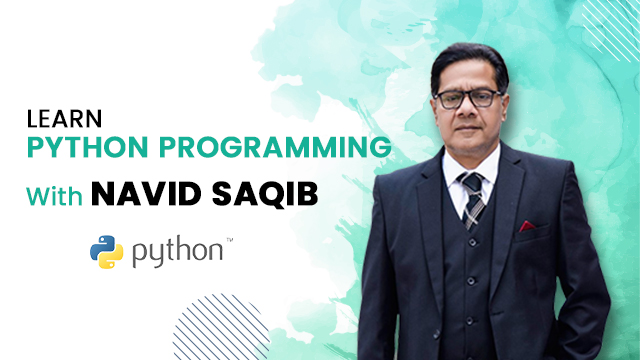Currently Empty: $0.00
Paper 1 – Theory (Typically 2 hours)
0/20
Introduction Paper 2 – Practical (Typically 2 hours) done
0/2
Problem Solving
0/5
Relation of Real Life and Programming done
0/5
Stages of Programming
0/14
Dealing with Constructs
0/24
Question Set 3
0/3
Flow charts – The easy concept
Concept of Validations
0/6
Question Set 4
0/2
Dealing with 1D Arrays
Dealing with 2D Arrays
Linear search with !D Array – The common pattren
Bubble Sort – The common Pattren
Modular Programming – Concept of Procedures and Functions
Handling Errors in Pseudocode
File Handling
File handling – with 1D Array
Logic Gates
Databases
Reading:
The “IF THEN ENDIF” construct is a fundamental decision-making tool in programming, particularly in languages like BASIC. It allows for conditional execution of code blocks based on the evaluation of a condition. Here’s an example in Python:
x = 10
if x > 5:
print(“x is greater than 5”)
endif
In this example, if the condition “x > 5” evaluates to true, the statement “x is greater than 5” is printed. Otherwise, the code block following the “IF” statement is skipped. The “ENDIF” marks the end of the conditional block. This simple yet powerful construct enables programmers to incorporate logic into their programs, directing the flow of execution based on specified conditions.

